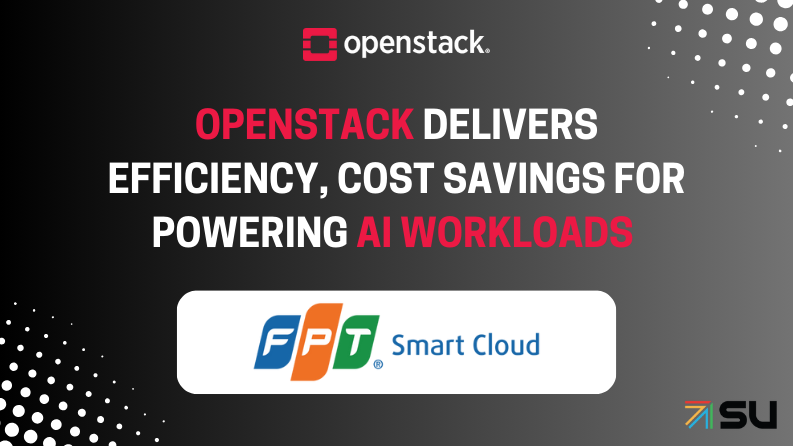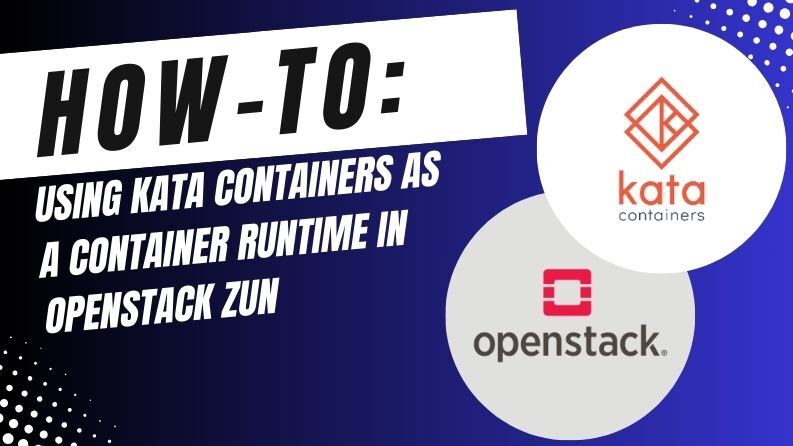Background and challenge
As a world-leading carrier, this company continues to be in the forefront of telecom network cloudification. It uses VMware as the cloud platform to provide virtualized resource services for upper-layer telecom Network Functions (NFs). As the cloudification of the core network deepens, problems of the VMware platform continue to emerge.
First, the network design in the Telecommunication Technology (CT) field is significantly different from that in the IT field. VMware’s experience in traditional IT scenarios is hard to meet the strict requirements of carrier-class NFs. The platform capability needs further improved.
Second, VMware lacks end-to-end automation capabilities from hierarchical delivery, solution design, to integration testing. The overall delivery period is long, project implementation efficiency is limited, and O&M costs are high, which complicates subsequent operations. Especially in scenario of upgrading, due to multi-layer compatibility issues, NFs are highly coupled with the VMware platform. The upgrade process takes a long time and it usually interrupts services.
In addition, after VMware was acquired, its product focus gradually shifted to the enterprise private cloud market, and its investment in telecom cloud scenarios kept shrinking. This not only weakens the technical support capability of the platform in this field, but also increases the software license fee, which further increases the overall investment cost. These challenges are intertwined, posing higher requirements for the company’s architecture adaptation capability and cost control.
Huawei Solution
Huawei Telco cloud platform builds a converged dual-engine architecture based on OpenStack and Kubernetes. Working together with the OIF and CNCF community, Huawei telecom cloud platform uses OpenStack as the core cloud OS at the virtualization layer and enhances capabilities in telecom scenarios while contributing open source projects. Cooperate with community and telecom ecosystem partners, we together improve the performance, reliability, and openness of OpenStack and Kubernetes cloud platforms to meet strict requirements of carrier-class services.
In terms of performance, the platform implements end-to-end customization and optimization by software and hardware collaboration to achieve optimal performance. Huawei has developed dedicated devices such as forwarding acceleration cards, network offload cards, and mesh cards at the hardware layer to meet the customization requirements of carrier-class services. The software layer is deeply enhanced based on the open-source framework and supports key capabilities such as dynamic huge page memory, core pinning, NUMA affinity scheduling, VF passthrough and etc., These effectively improve the overall computing and network performance.
In terms of reliability, the platform streamlines the collaborative scheduling mechanism of hardware, virtualization, network, and application layers to build an end-to-end high-reliability architecture and achieve carrier-class 99.999% availability. In addition, the system supports both VM HA and container HA, and provides extreme survival capabilities such as storage bypass, ensuring the continuity of mission-critical services in extreme scenarios.
In terms of openness, the platform architecture complies with the ETSI standards. It has good compatibility and continuous evolution capabilities, and effectively reduces the cost of interconnection with peripheral systems. The platform fully supports native open-source capabilities. Third-party applications can be deployed in the northbound direction and heterogeneous hardware are compatible in the southbound direction which provide carriers with greater flexibility and help carriers quickly to expand diversified services.

At the delivery level, the automatic tool chain is introduced to automatically output key design documents, such as HLD, LLD, NSD, and VNFD, which reduces labor costs by 90%. In the delivery phase, the platform supports pre-integration capabilities, improving the delivery efficiency by 50%. In addition, one-click VNF deployment and automatic ATP test cases are supported, which significantly reduces the manual workload during delivery and reduces the operation load by about 90%.
At the O&M layer, the platform provides a unified cross-layer visualized O&M portal to locate and demarcate faults on all links from hardware to applications, shortening the fault locating efficiency from days or weeks to minutes or days. In terms of upgrade, the platform supports compatibility between NFs and the N-2/N+2 version of the cloud platform decoupling. In addition, the system supports rolling upgrades in batches, ensuring service continuity and significantly improving system maintainability and scalability.
Summary
Huawei Telco Intelligent Converged Cloud (TICC) solution has demonstrated significant advantages in telecom cloud construction. First, the platform provides carrier-class cloud networks with high reliability and performance to meet carriers’ strict requirements for core services. By collaborative software and hardware optimization and customized design, the overall system performance is significantly improved and the CAPEX is effectively reduced.
In addition, the solution supports end-to-end automation from planning, deployment, to testing, greatly shortening the project rollout period (TTM). In terms of O&M and upgrade, the platform has good compatibility with NFs and supports smooth transition between N-2 and N+2 versions, reducing upgrade complexity and O&M OPEX. In addition, rolling upgrades are supported in batches to achieve zero service interruption migration, ensuring service continuity and significantly improving upgrade efficiency and controllability.
Want even MORE information on how OpenStack can be an alternative to VMware and how the migration works? Check out the Migration Guide, live now!

)







